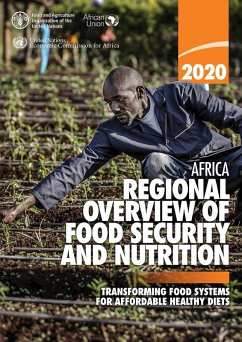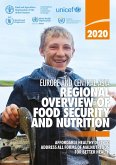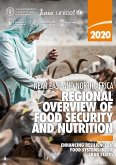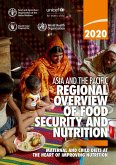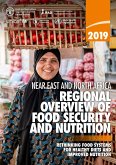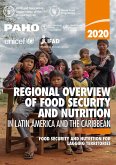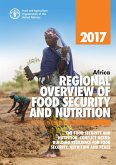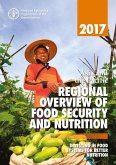Africa is not on track to meet the Sustainable Development Goal (SDG) 2 targets to end hunger and ensure access by all people to safe, nutritious, and sufficient food all year round and to end all forms of malnutrition. The number of hungry people on the continent has risen by 47.9 million since 2014 and now stands at 250.3 million, or nearly one-fifth of the population. The 2017, 2018 and 2019 editions of this report explain that this gradual deterioration of food security was due to conflict, weather extremes, and economic slowdowns and downturns, often overlapping. A continued worsening of food security is expected also for 2020 as a result of the COVID-19 pandemic. In addition to hunger, across all countries in Africa millions of people suffer from widespread micronutrient deficiencies, and overweight and obesity are emerging as significant health concerns in many countries. This report shows that the food system in Africa does not provide food at a cost that makes nutritious food affordable to a majority of the population, and this is reflected in the high disease burden associated with maternal and child malnutrition, high body-mass, micronutrient deficiencies, and dietary risk factors. The report also shows that current food consumption patterns impose high health and environmental costs, which are not reflected in food prices. The findings presented in this report highlight the importance of prioritizing the transformation of food systems to ensure access to affordable and healthy diets for all, produced in a sustainable manner.
Dieser Download kann aus rechtlichen Gründen nur mit Rechnungsadresse in A, B, CY, CZ, D, DK, EW, E, FIN, F, GR, H, IRL, I, LT, L, LR, M, NL, PL, P, R, S, SLO, SK ausgeliefert werden.

